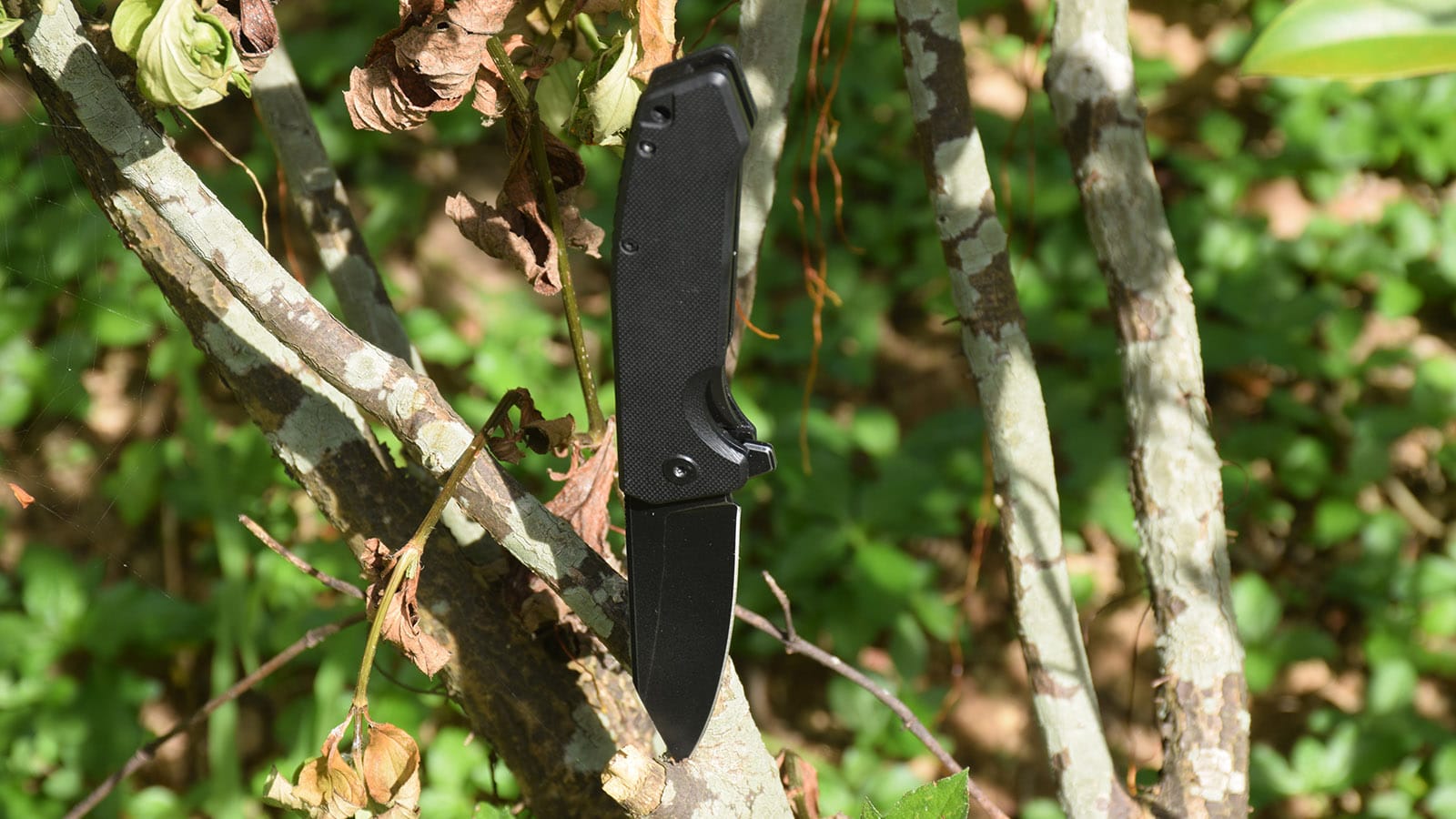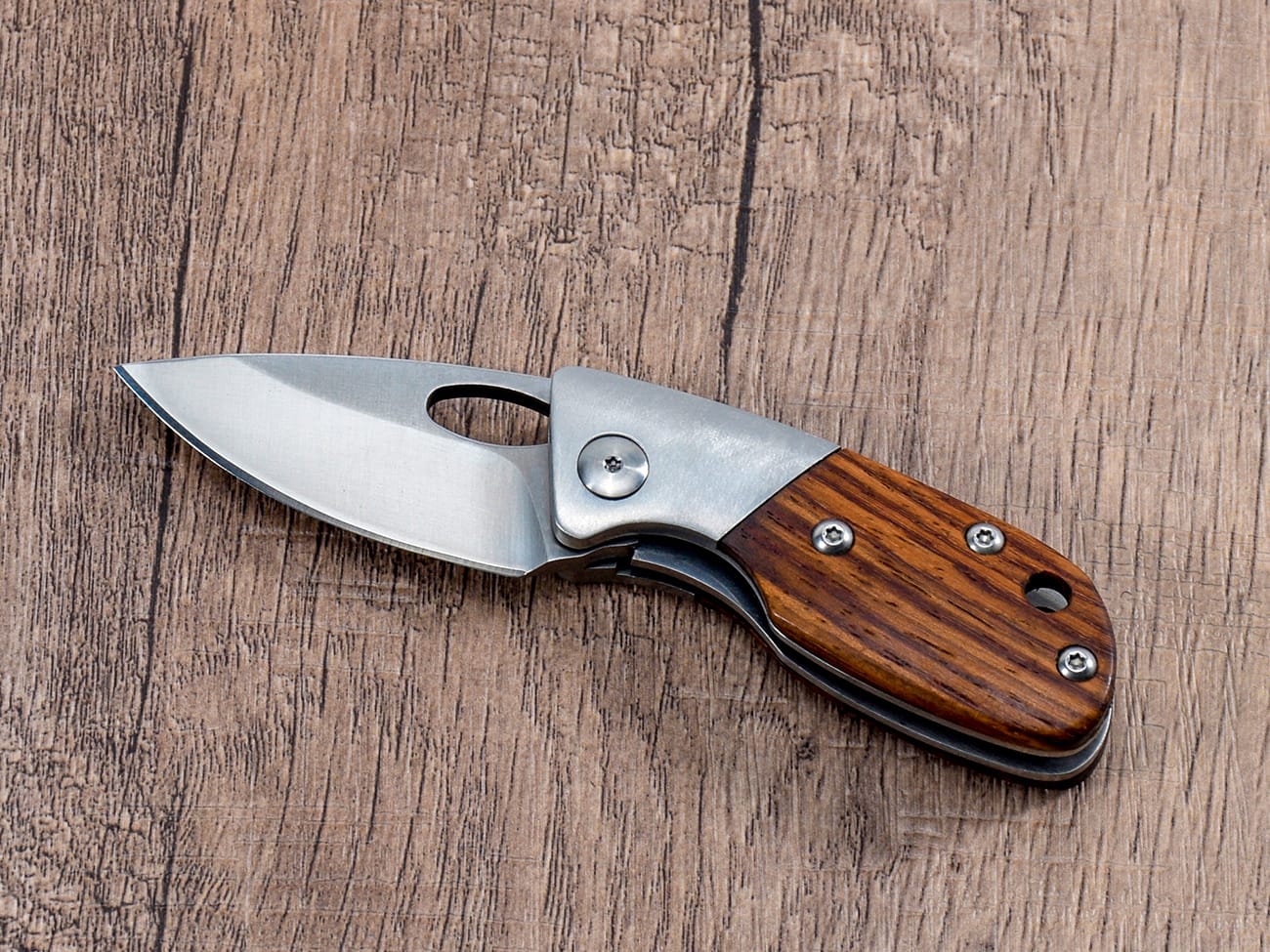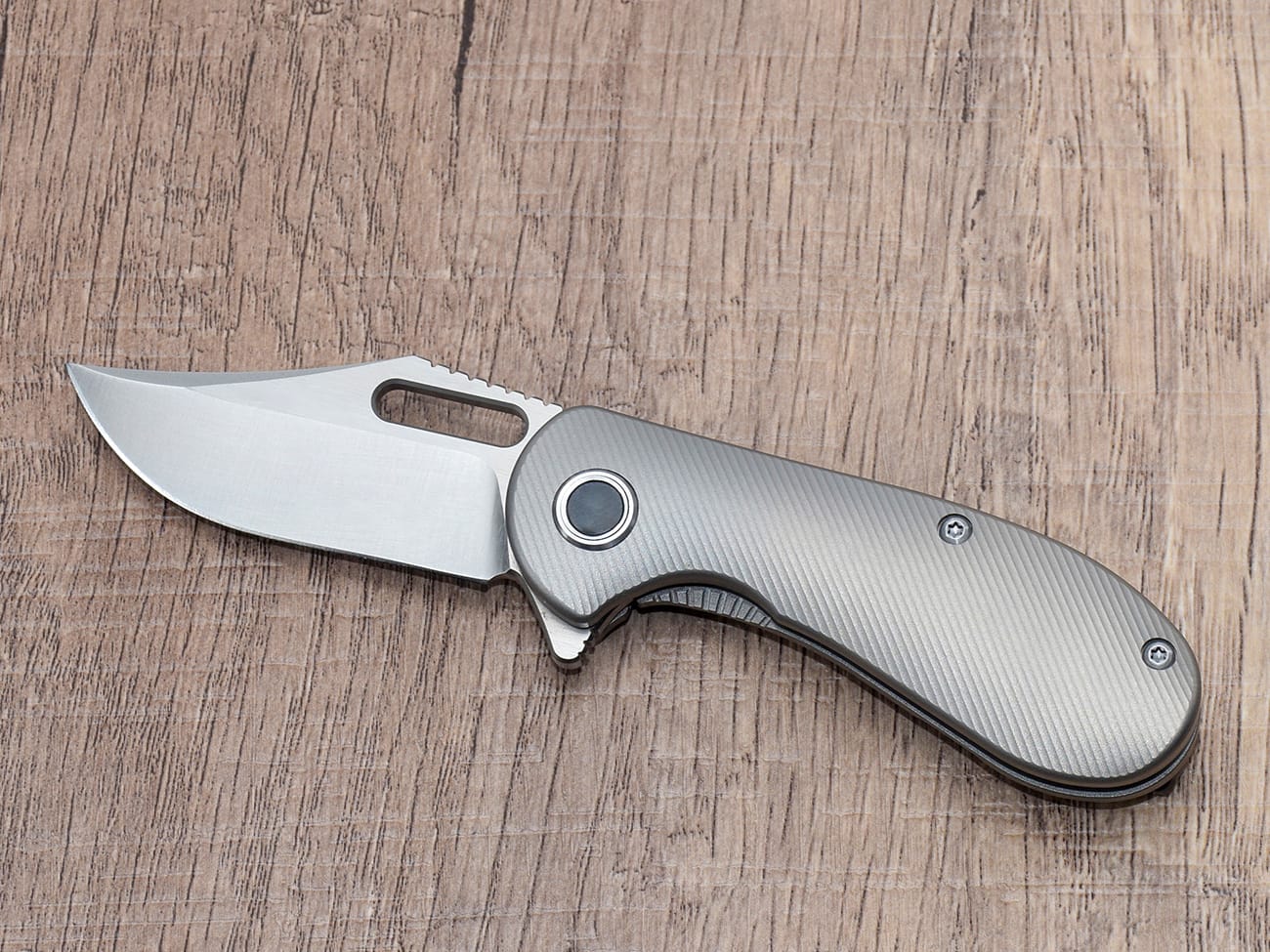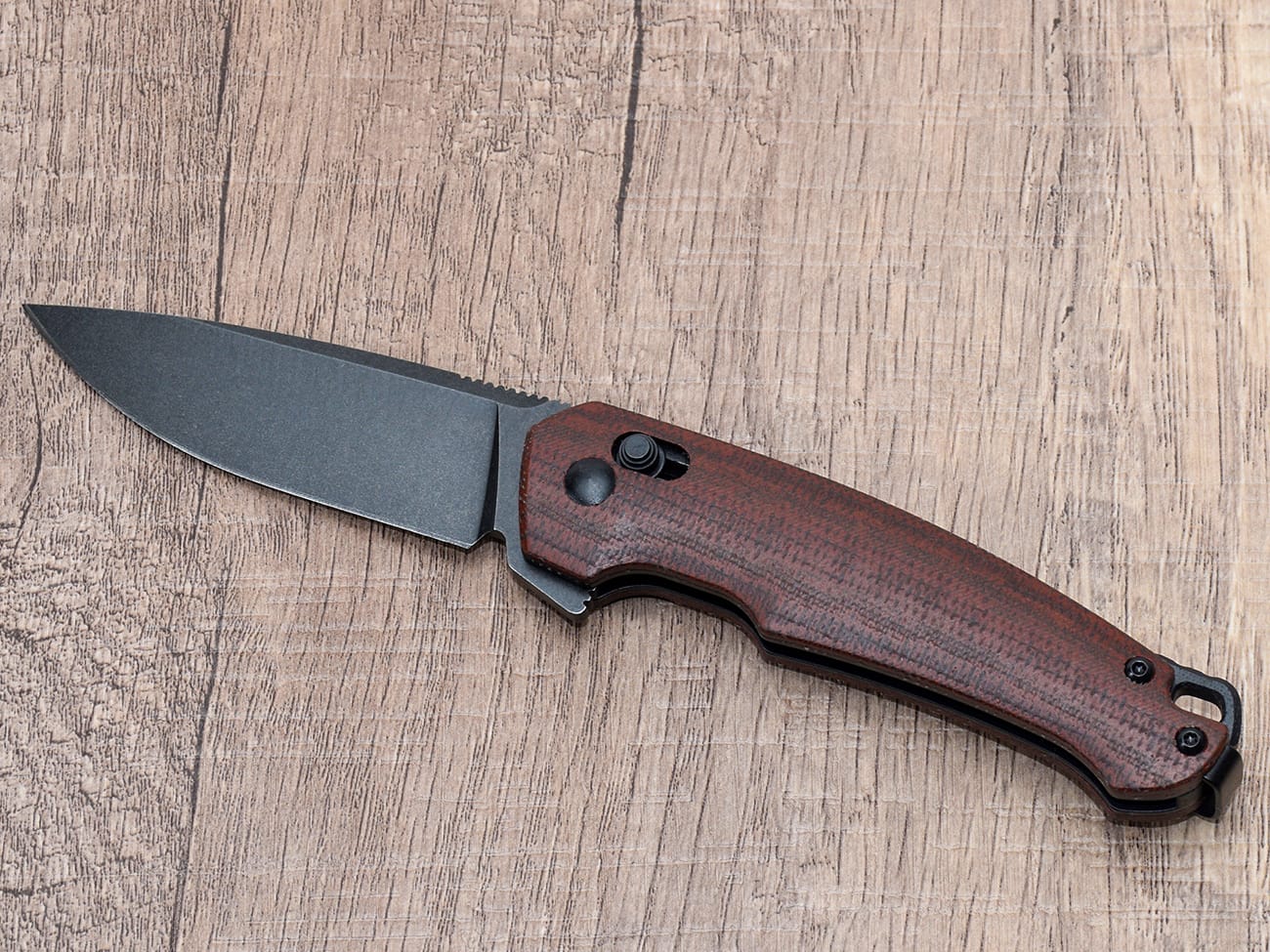Are you struggling with a dull pocket knife and don’t have access to traditional sharpening tools? This comprehensive guide will show you how to sharpen your pocket knife using scissors – an unconventional but effective method when traditional options aren’t available. Whether you’re outdoors, at work, or in a pinch, learning this technique could be a valuable skill for maintaining your EDC knife.
Why Would You Need to Sharpen a Knife with Scissors?
Sometimes traditional sharpening methods aren’t available, and knowing alternative techniques can be crucial. A dull knife can be dangerous and inefficient, making it essential to understand various sharpening methods. While using scissors isn’t the ideal long-term solution, it’s an effective temporary fix when you need to sharpen your folding knife quickly.
What Makes Scissors Suitable for Knife Sharpening?
Scissors can work as an improvised sharpener because:
- The back of scissors is often made of hardened steel
- Most scissors have a slightly rough surface suitable for honing
- The flat surface provides a consistent angle for sharpening
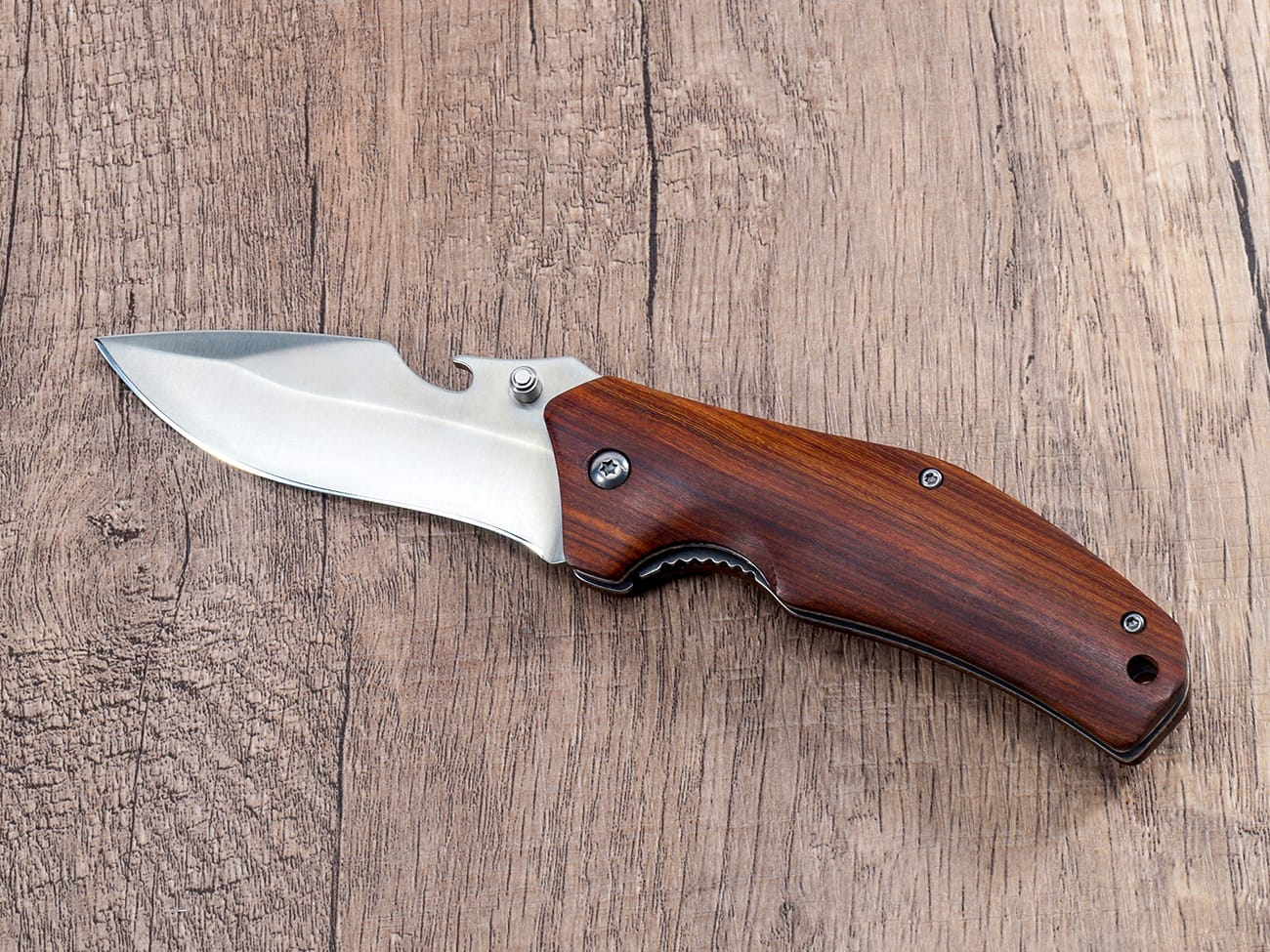
A sharp pocket knife is essential for everyday tasks
How to Prepare Your Scissors for Knife Sharpening?
Before starting, ensure:
- The scissors are clean and dry
- The scissors are sturdy and well-made
- You have a good grip on both the knife and scissors
- You’re working on a stable surface
What’s the Correct Technique for Using Scissors as a Sharpener?
Follow these steps carefully:
- Hold the scissors firmly with the blade facing away
- Maintain a consistent angle (around 20 degrees)
- Draw the knife blade across the back of the scissors
- Use light, even pressure
- Repeat the motion several times on each side
Common Mistakes to Avoid When Sharpening with Scissors
Be aware of these potential pitfalls:
- Using too much pressure
- Inconsistent angle maintenance
- Rushing the process
- Using damaged or poor-quality scissors
How Often Should You Sharpen Your Pocket Knife?
Regular maintenance is key for keeping your custom pocket knife in optimal condition. While using scissors is a temporary solution, establish a regular sharpening routine using proper tools when available.
Alternative Emergency Sharpening Methods
Besides scissors, consider these options:
- Ceramic mugs (unglazed bottom)
- River stones
- Leather strops
- Newspaper
- Aluminum foil
Safety Considerations When Sharpening Knives
Always prioritize safety:
- Keep fingers away from the blade
- Work in a well-lit area
- Maintain focus during sharpening
- Wear cut-resistant gloves if available
How to Test Your Knife’s Sharpness
After sharpening, test your knife safely:
- Paper test (should slice cleanly)
- Tomato test (should cut without pressure)
- Arm hair test (should shave easily)
When to Seek Professional Sharpening Services
Know when to get professional help:
- Severely damaged blades
- Expensive or collectible knives
- Complex blade geometries
- When precision is crucial
Key Takeaways:
- Scissors can serve as an emergency sharpening tool
- Maintain consistent angle and pressure
- Focus on safety throughout the process
- Consider this a temporary solution
- Regular maintenance is essential
- Professional sharpening is recommended for valuable knives
Remember, while using scissors to sharpen your pocket knife is a useful skill in a pinch, it’s best to invest in proper sharpening tools for regular maintenance of your custom EDC knife.

